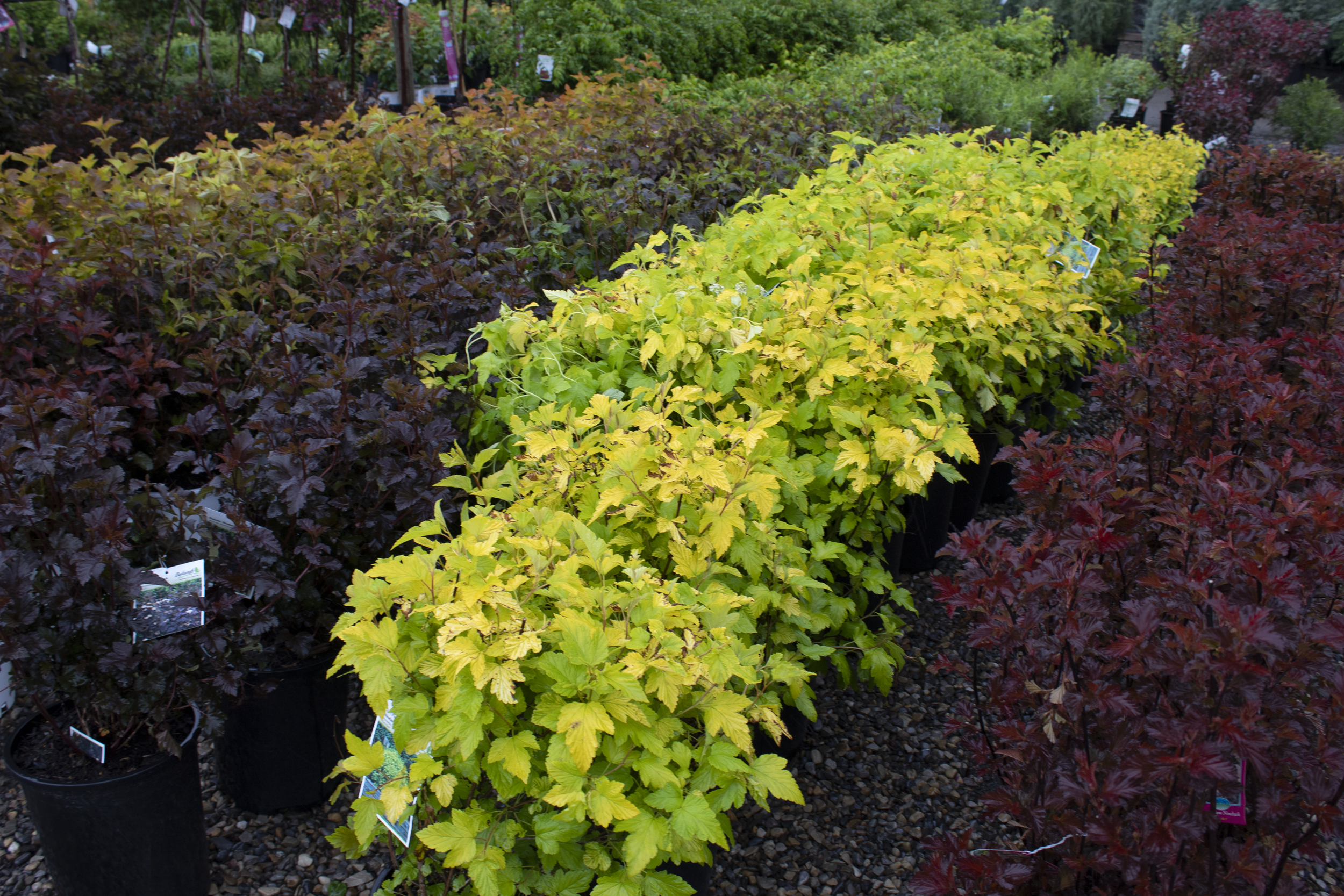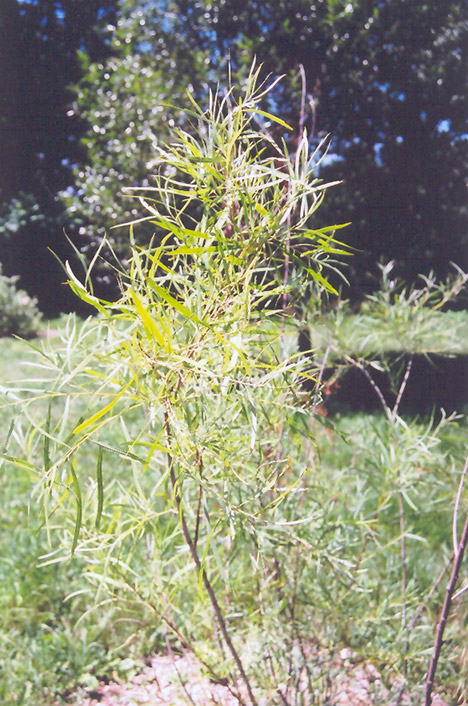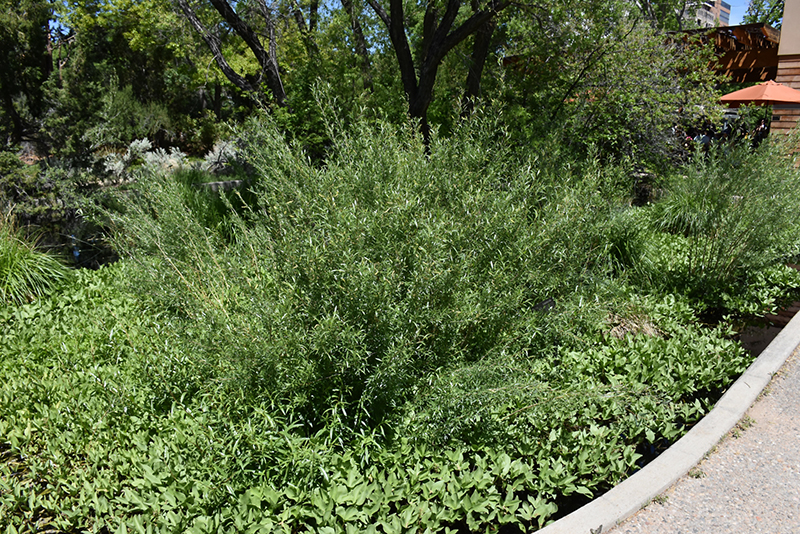
The #1 Online Plant Database
Height: 15 feet
Spread: 12 feet
Sunlight:
![]()
Hardiness Zone: 1
Description:
A wild, shrubby tree with fine, narrow foliage and long, thin branches; very upright and twiggy, tends to sucker and form large colonies, extremely hardy, does very well in standing water; good for naturalizing tough areas, often used in place of bamboo
Ornamental Features
Coyote Willow has grayish green foliage with silver undersides on a plant with a round habit of growth. The grassy leaves do not develop any appreciable fall colour. The smooth bark and silver branches add an interesting dimension to the landscape.
Landscape Attributes
Coyote Willow is a multi-stemmed deciduous shrub with a more or less rounded form. It lends an extremely fine and delicate texture to the landscape composition which can make it a great accent feature on this basis alone.
This is a high maintenance shrub that will require regular care and upkeep, and is best pruned in late winter once the threat of extreme cold has passed. Gardeners should be aware of the following characteristic(s) that may warrant special consideration;
- Messy
- Suckering
Coyote Willow is recommended for the following landscape applications;
- Accent
- Hedges/Screening
- Naturalizing And Woodland Gardens
Planting & Growing
Coyote Willow will grow to be about 15 feet tall at maturity, with a spread of 12 feet. It tends to fill out right to the ground and therefore doesn't necessarily require facer plants in front, and is suitable for planting under power lines. It grows at a fast rate, and under ideal conditions can be expected to live for 40 years or more.
This shrub should only be grown in full sunlight. It is an amazingly adaptable plant, tolerating both dry conditions and even some standing water. It is considered to be drought-tolerant, and thus makes an ideal choice for xeriscaping or the moisture-conserving landscape. It is not particular as to soil type or pH. It is highly tolerant of urban pollution and will even thrive in inner city environments. This species is native to parts of North America.




